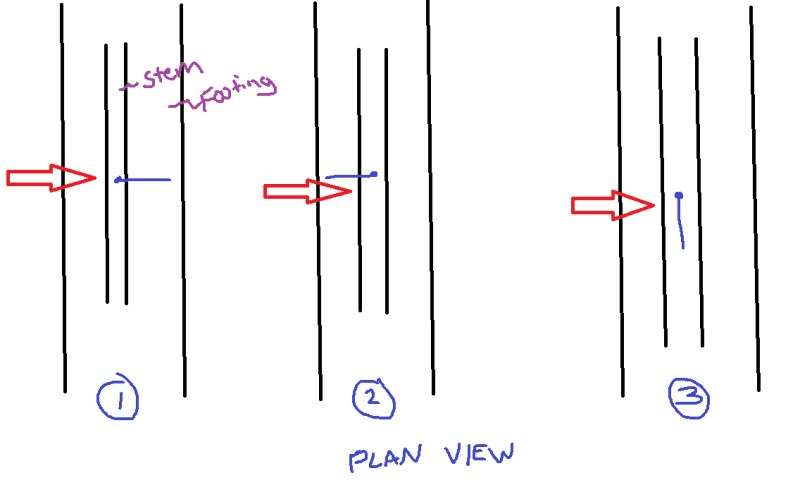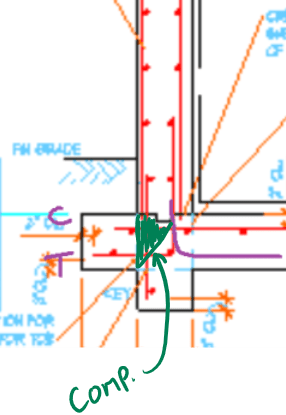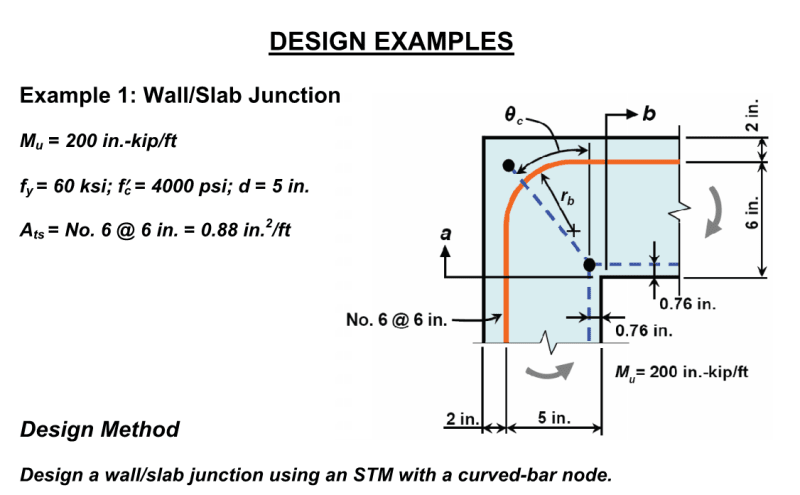ScratchyFilm
Structural
Typically we hook extensions parallel to the force that is affecting them. Once the hook development length is reached, does it matter in which direction the extension is relative to the direction of loading? In my mind, tension is tension and shouldn't matter directionally.
Assume red arrow is the direction of loading in this example.

Assume red arrow is the direction of loading in this example.




